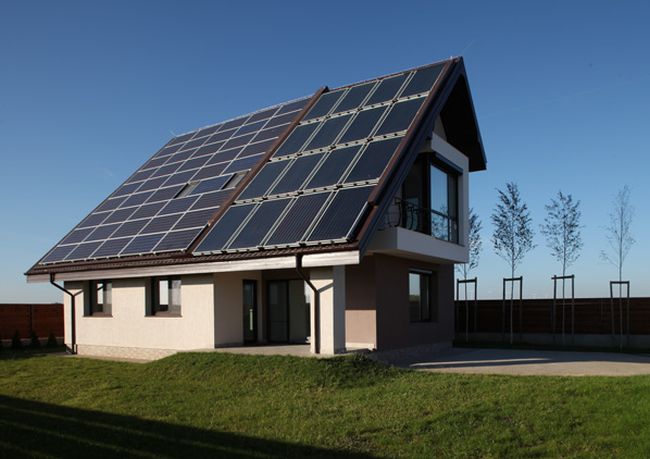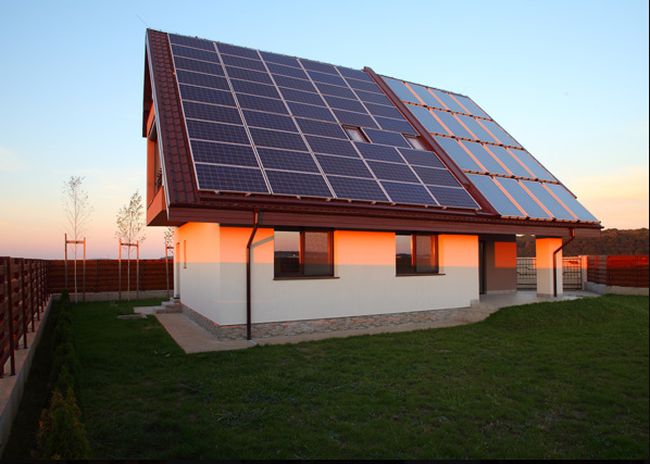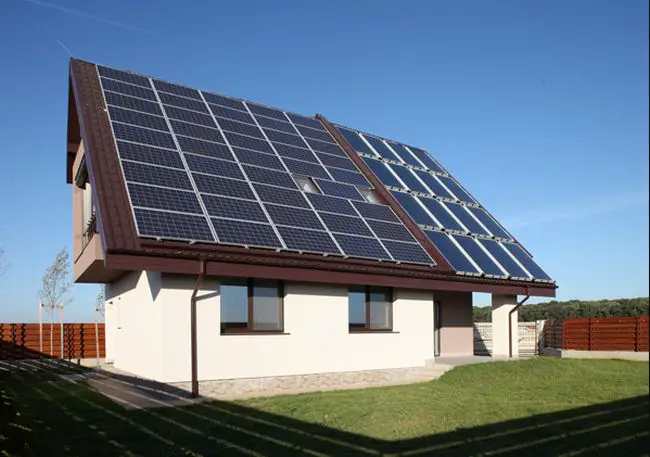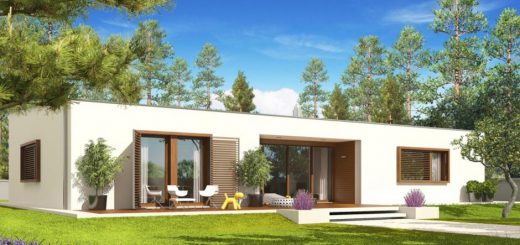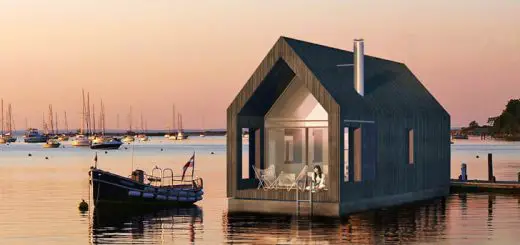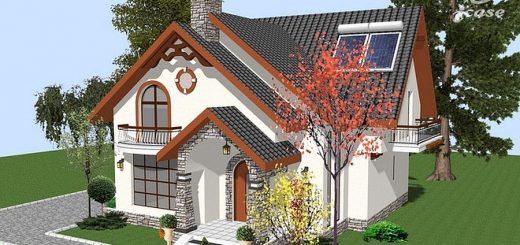Low Energy Houses – Future’s Homes
A low-energy house is any type of house that from design, technologies and building products uses less energy, from any source, than a traditional or average contemporary house. It all started in early 80’s in Europe by the appearance of so-called solar homes, those houses equipped with thermal solar or photovoltaic panels. Over time, with the evolution of technology, the means to reduce energy consumption diversified, almost every new home, at least in the West, now incorporating such sustainable technologies and materials. Here are more details on low energy houses with some proper examples.
Passive houses, a concept developed in Germany, are becoming more popular. These are houses with a required annual heating under 15 kWh / sq. m. A passive house is a building, for which thermal comfort can be achieved solely by post heating or post cooling of the fresh air mass, which is required to fulfill sufficient indoor air quality conditions – without a need for recirculated air. You can read more about passive houses here.
Then there are zero-energy houses – a house with zero net energy consumption and zero carbon emissions annually is called zero energy house. Zero net energy consumption means that zero energy houses can be autonomous from the energy grid supply, but in practice that means that in some periods power is gained from grid and in other periods power is returned to grid (renewable energy sources are often seasonal). To achieve this, energy must be produced on-site with non-polluting renewable energy sources.
Next are energy-plus-houses – a house that on average over the year produces more energy from renewable energy sources than it imports from external sources. This is achieved using combination of small power generators and low-energy building techniques such as passive solar building design, insulation and careful site selection and placement. Many energy-plus houses are almost indistinguishable from a traditional home, since they simply use the most energy-efficient solutions throughout the house. In some developed countries power distribution companies have to buy surplus electricity from energy-plus homes, and with that approach house can even earn money for owner.
Such an example is the Solaris house developed in Romania, a true home of the future. It is based on renewable energy sources and is energy efficient. It is protective of the environment, all the while ensuring a healthy and comfortable indoor climate. The Solaris house produces more energy than it consumes, thus being a source of income for its owners. The first such house was built in northern Bucharest.
Figures speak for themselves in this case: the estimated electricity consumption of the house is 3 MWh / year. Instead, the 44 panels (72mp) generate 12 MWh / year. So talk of a surplus 9 MWh / year. Also, 16 solar thermal panels generate 18 MWh / year thermal energy, of which only 6 MWh/ a year are used for heating and hot water. We attach a photo gallery for a closer look at this smart house. A 155 square meter house on two levels sells for about 230,000 Euros.
Another example of a sustainable house is the Romanian-produced Soleta house. More details following this link.
Surces: Our-energy.com, Casasolaris.ro
